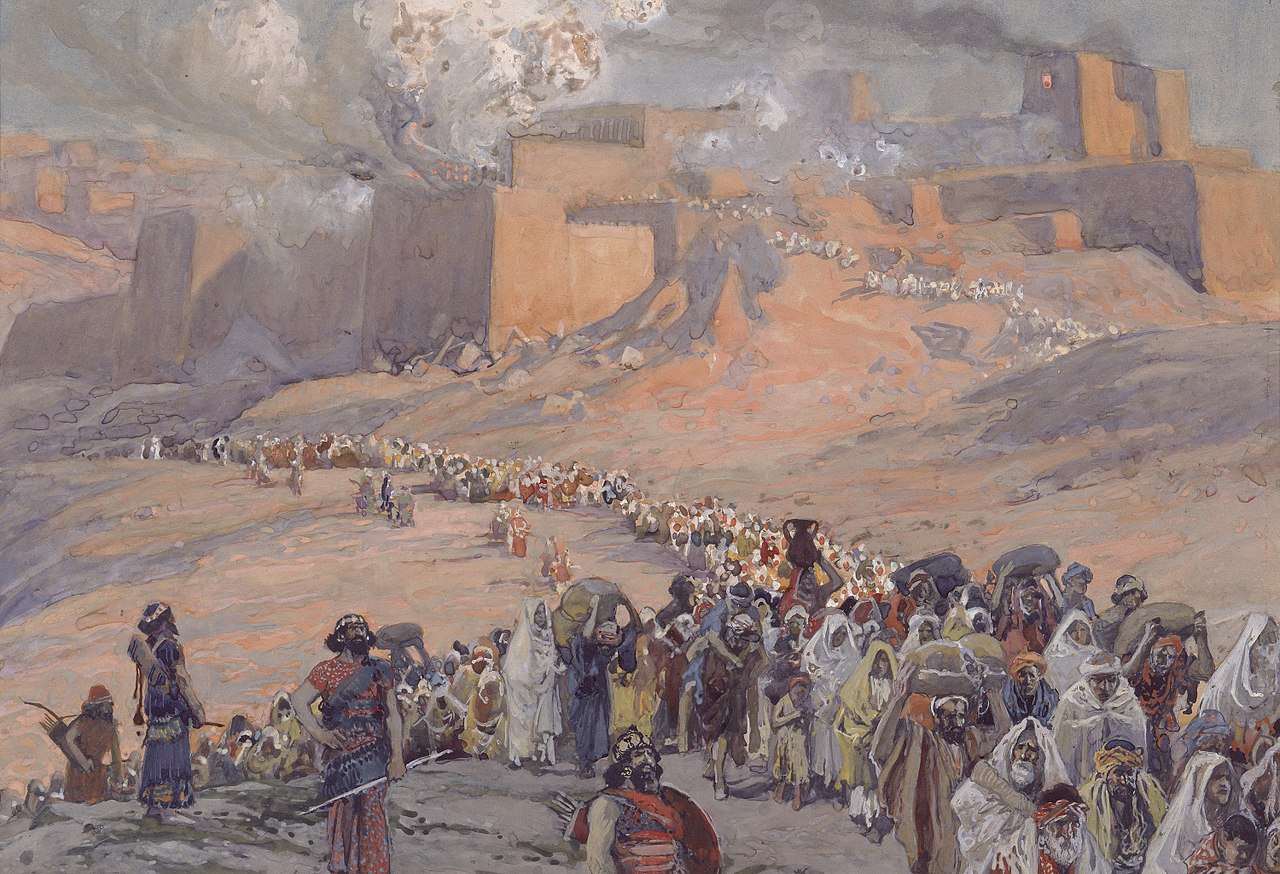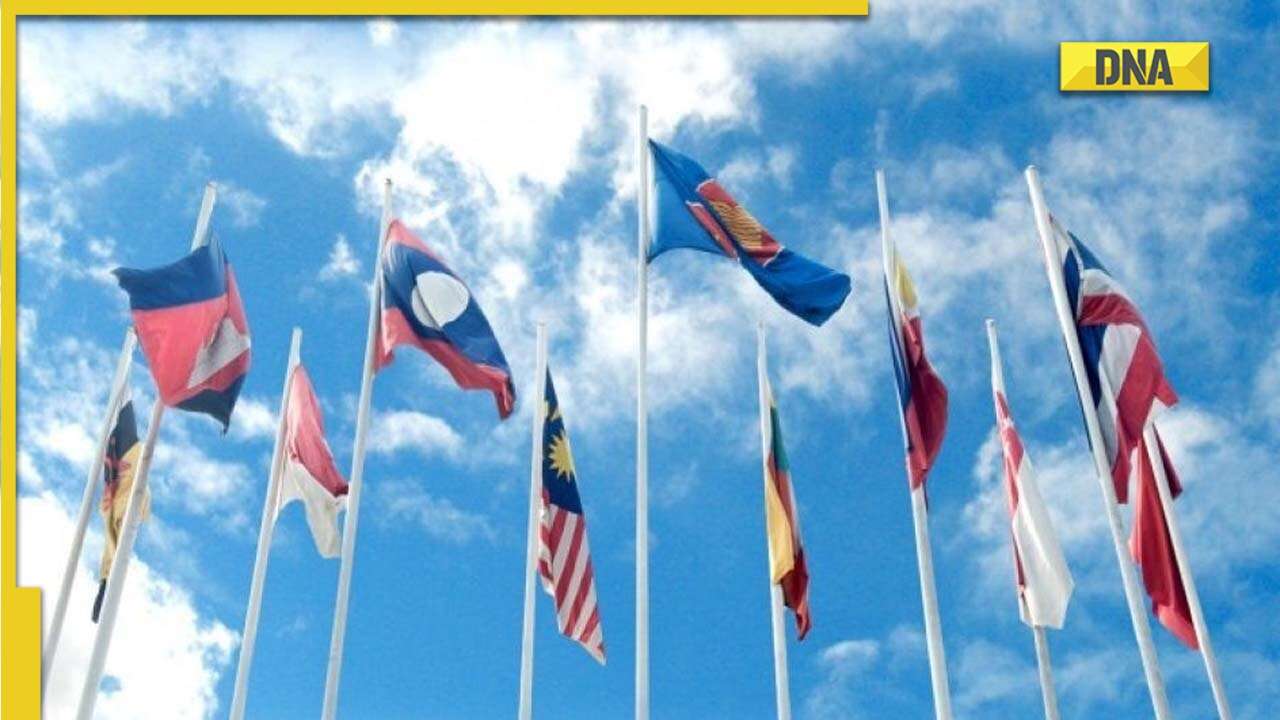World Cup·Analysis
Is Alphonso Davies's celebrity a potential problem for Canada's men's World Cup team?
Star player has appeared reticent to represent his teammates off the field
Chris Jones is in Qatar covering the men's World Cup for CBC Sports.
Nearly 48 hours after Alphonso Davies scored the first World Cup goal in the history of the Canadian men's team in a 4-1 loss to Croatia, he finally met with reporters on Tuesday evening to talk about it.
"I looked to my left and just saw all my teammates running toward me," he said, remembering the celebration that followed, which included an accidental headbutt from an ecstatic Liam Millar. "It was a great feeling. We've been waiting for that moment for a long time."
Davies wasn't the only one who's been waiting. His appearance in the media tent at Canada's training centre was his first since the World Cup began 10 days ago, and the story of his conspicuous absence has been filling the void his silence has left.
After every game here, rights-holding broadcasters — TSN in Canada and beIN Sports internationally — get first crack at players as they leave the field. Davies spoke briefly to both following the Croatia game.
There are two further media opportunities for the written press and international reporters: a news conference, usually held by the head coach and a key player, and a mixed zone between the field and team rooms.
After Canada's opening loss to Belgium, when Davies missed a penalty that might have altered the outcome, he wasn't at the news conference, and he powered through the mixed zone surrounded by young teammates, ignoring requests for comment.
Following the Croatia loss, when he scored his historic goal, he again wasn't at the news conference, and he didn't break stride in the mixed zone, shaking his head at clamouring reporters while wolfing down a sandwich.
Davies has every right not to speak. On some level, his reticence is even understandable.
Part of public trust
"I'm happy that I was able to score," Davies said, "but at the end of the day we lost the game, and that was really what was on my mind. I was very devastated and very down about how the team played."
It arguably remains his responsibility, having benefitted from a federally funded program in Canada Soccer, to help promote the sport, especially at a time when so many eyes are on it. When you're wearing a Canada Soccer shirt, you're no longer a private enterprise. You're part of a public trust.
Bigger players on bigger teams accept those terms. Lionel Messi has spoken multiple times here, including after a humiliating loss to Saudi Arabia. Cristiano Ronaldo has, too. The U.S. Soccer Federation has held roundtables with every one of its players. There is nothing like a World Cup to put soccer at the heart of things.
More important from a team perspective, media responsibilities don't disappear when Davies shirks them. They shift to his less-famous teammates. Atiba Hutchinson, Steven Vitoria, Alistair Johnston — the demands on them increase.
After Davies' refusal to stop in the Croatia mixed zone, Sandra Gage, Canada Soccer's chief marketing officer, was hammered by incredulous reporters. She then tried to stop Jonathan David: She literally clasped her hands, begging him to speak. He walked right past her.
That moment is emblematic of a growing star problem with Davies.
Divisions are inevitable, unfortunately, a function of Canada's strange, stratified roster. England's third-string goalkeeper is still a top-level professional and multi-millionaire. Davies wears diamond earrings that probably cost more than James Pantemis's annual salary at CF Montreal.
Now there has been some troubling spillover, on the field and off. Davies, who has taken only two penalties in his career, both in low-pressure situations, should never have taken the spot kick against Belgium. David, a pure striker who has taken 12 penalties, should have.
Clearly mindful of the history at stake, Davies took the ball — "Because I felt confident in the moment," he said — and then a weak shot, and Canada ultimately lost, 1-0.
Why would David want to speak for him?
There have been other, less obvious signs of potential disharmony, despite this team's self-proclaimed "brotherhood."
Davies, wielding his celebrity like a weapon, has signed his own deal with Canada Soccer for jersey rights; the rest of his teammates are still waiting for theirs.
He arrived late in Qatar, allegedly to receive superior treatment for a nagging injury at Bayern Munich, his professional club. Nick Huoseh, Davies' agent, sat in on Tuesday's meeting with reporters. No other player has received an escort.
During Canada's fantastic World Cup qualification run, any potential cracks and fissures were lost under a string of thankfully headbutt-free celebrations.
But now this team is losing — and against Croatia, losing badly— and with that comes the real test of character. Thursday's final game against Morocco will tell us a lot.
"We want something out of it," Davies said. "We want to show that we belong on this stage."
This stage is the biggest in the world, and occupying it has its costs. Alphonso Davies needs to understand that he alone isn't above paying them.












